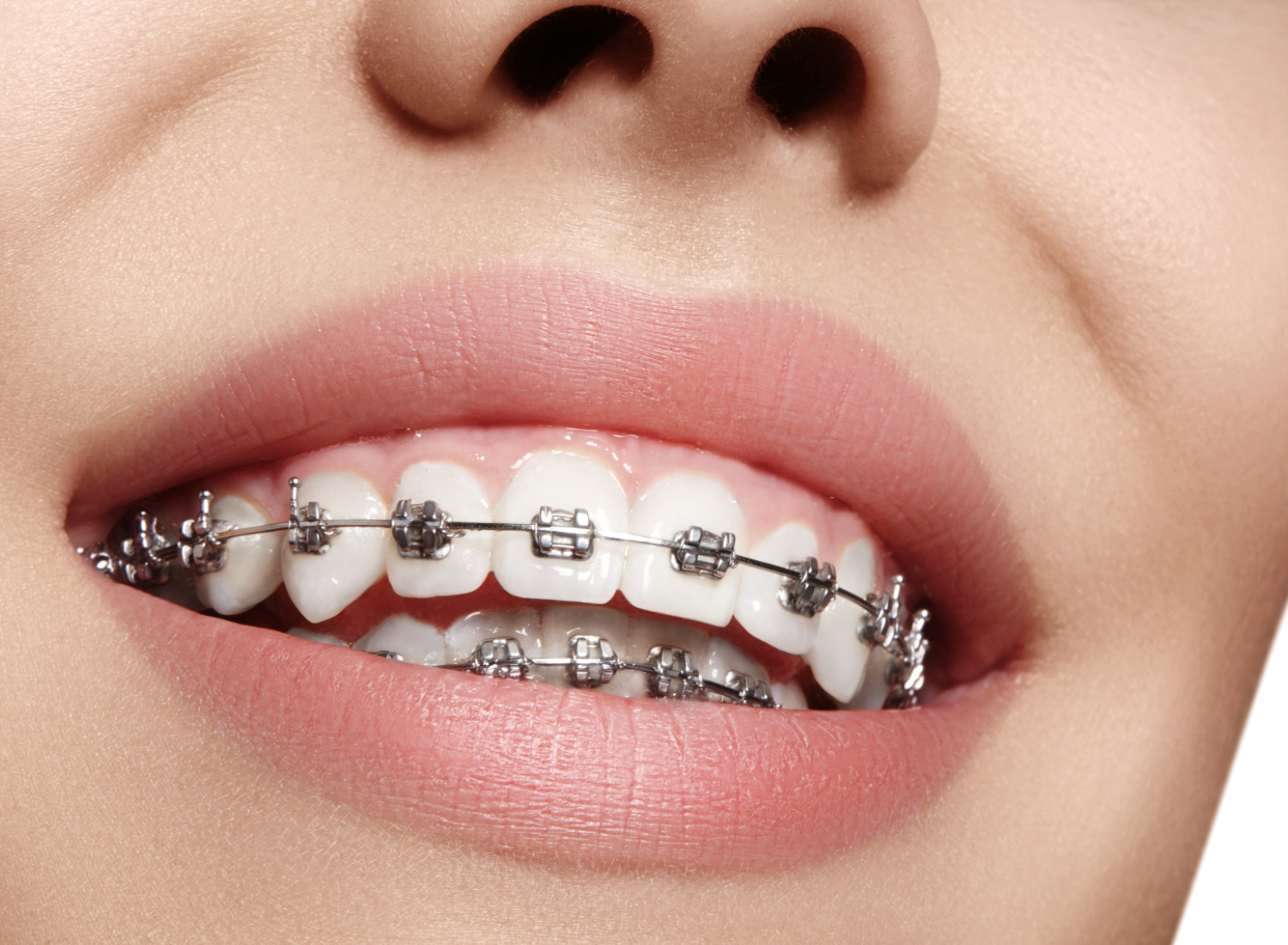Comparing Invisalign and Traditional Braces: A Guide to Your Orthodontic Journey

Embarking on an orthodontic journey to achieve a confident smile is a significant decision. With advancements in dental technology, individuals now have choices beyond the conventional realm of metal trusses. This article will explore the differences between Invisalign and traditional braces, comparing aesthetics and comfort to metal braces vs. invisalign cost.
The Aesthetic Appeal
Invisalign: Its allure lies in its virtually invisible appearance. These clear aligners are custom-made to fit snugly over teeth, blending seamlessly with one’s natural smile. Many appreciate Invisalign’s discreet nature, allowing them to go about their daily lives without paying undue attention to their orthodontic treatment.
Traditional Braces: On the other hand, these devices are more conspicuous due to their metal brackets and wires. While they’ve evolved over the years and come in various colors, they are still more noticeable than transparent aligners.
Comfort and Convenience
Invisalign: The smooth plastic of these aligners tends to be less abrasive against the cheeks and gums than traditional brackets’ wires and brackets. Additionally, these devices are removable, allowing you to enjoy your favorite foods without restrictions and ensuring more effortless oral hygiene routines.
Traditional Braces: These may cause initial discomfort as your mouth adjusts to the foreign elements. They are fixed onto your teeth, making oral care routines slightly more challenging. Certain foods, like sticky or hard items, should be avoided to prevent damage to the trusses.
Treatment Duration and Adjustment Frequency
Invisalign: The treatment duration with this device can vary based on the complexity of one’s case, but generally, it aligns with traditional trusses in terms of effectiveness. Aligners are changed every one to two weeks, allowing for gradual teeth movement. Visits to your orthodontist are often less frequent compared to conventional trusses.
Traditional Braces: These involve periodic adjustments by an orthodontist, who tightens wires to facilitate tooth movement. These adjustments are usually scheduled every few weeks. The treatment duration can also vary widely depending on the severity of misalignment.
Impact on Daily Activities
Invisalign: Choosing it means minimal disruption to your daily routine. You can remove these devices while eating, brushing, and flossing, making it simpler to maintain oral hygiene and enjoy your preferred foods.
Traditional Braces: These devices require diligent care to prevent food particles from getting stuck in brackets or wires. Special care must be taken while eating certain foods, and thorough oral hygiene practices are essential.
Suitability for Different Cases
Invisalign: It is highly effective for many orthodontic issues, including overcrowding, gaps, and mild to moderate bite problems. However, severe cases or complex bite issues might still be better suited for conventional brackets.
Traditional Braces: These have a proven track record for addressing even the most challenging orthodontic cases. Their precise control over tooth movement makes them suitable for various situations.
Cost Considerations
Invisalign: invisalign cost can be comparable to conventional brackets, varying based on factors such as the length of treatment and the complexity of your case. It’s essential to consult your orthodontist for a personalized estimate.
Traditional Braces: The cost of such devices also varies, and many dental insurance plans cover some orthodontic treatment expenses. Consulting with your orthodontist and insurance provider can provide a clearer picture of the financial aspect.
Conclusion
When choosing between Invisalign and traditional braces, there’s no one-size-fits-all answer. Your decision should align with your aesthetic preferences, lifestyle, and orthodontic needs. Invisalign offers a discreet and comfortable option with the flexibility of removable aligners. On the other hand, conventional trusses have a longstanding history of successfully treating various orthodontic issues. Consulting an experienced orthodontist is essential to assess your case and guide you toward the best choice for your orthodontic journey. Remember, whichever path you choose, the end goal remains the same – a confident, healthy smile that lights up your life.



